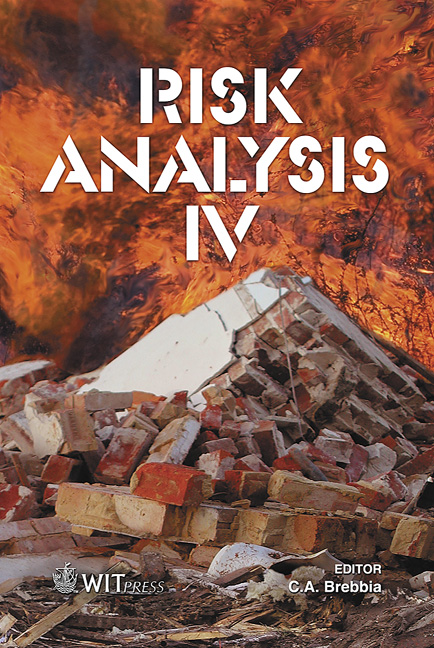Territory-wide Predictions Of Mortality In Landslide Disasters
Price
Free (open access)
Transaction
Volume
77
Pages
12
Published
2004
Size
376 kb
Paper DOI
10.2495/RISK040191
Copyright
WIT Press
Author(s)
M. Pacheco
Abstract
This paper is based on the outcomes of previous landslide failures and related mortality in a given region, providing input values to estimate credible ranges of mortality in future catastrophic events. Specific probability functions to model the distribution of mortality in landslides are presented. The proposed distributions are developed theoretically enforcing the principle of maximum entropy and the theory of statistics of extremes, leading however to very simple formulae for practical applications. The proposed distributions are compared to historical landslide mortality in Petrópolis (State of Rio de Janeiro, Brazil), Recife (State of Pernambuco, Northeast Brazil), Hong Kong, Rio de Janeiro, Canada, and Italy with encouraging results. Keywords: landslides, mortality, principle of maximum entropy, statistics of extremes, PLL (potential loss of life), F-N curves. 1 Introduction As with other natural disasters, it is nearly impossible to avoid entirely losses of life in landslides. This problem is particularly severe in heavily populated urban environments, where civil defense and public safety bodies should enforce effective strategies for risk control. The most effective strategies include real time alert warnings to the population at risk and other actions that may eventually lead to the prompt evacuation of the endangered communities. To accomplish this, it is essential to estimate the size of the vulnerable population and the expectation of mortality resulting from landslide activity. Specific probability distributions to model the distribution of mortality in landslides are presented, allowing predicting ranges of expected mortality and extreme fatality in future catastrophic events The distributions are based on the Carnot Principle
Keywords
landslides, mortality, principle of maximum entropy, statistics of extremes, PLL (potential loss of life), F-N curves.





